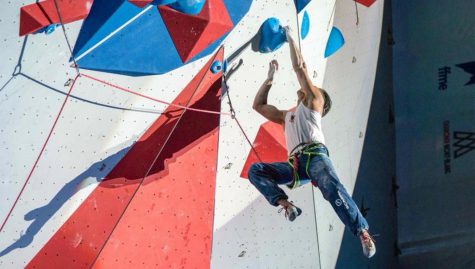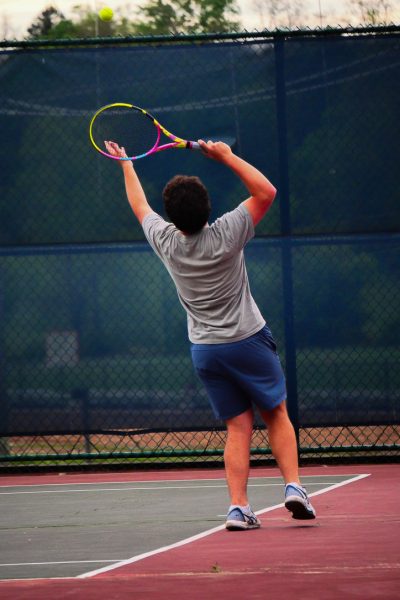Three Disciplines of Sport Climbing in the 2021 Olympics
For the 2021 Olympic Games, Tokyo is hosting the event and will feature a novel set of Olympic sports, including sport climbing. Although sport climbing is challenging, demanding, and requires substantial amounts of strength and endurance, the sport is on the rise in terms of its popularity and proves to be very rewarding.
Here is what you should know about the three climbing disciplines in the 2021 Olympics:
Speed Climbing
Speed climbing is the first competition and it will set the standard for how climbers need to climb on the other two disciplines to win. Unlike the other disciplines, speed climbing is a route that is identical every time, so climbers are able to train on the same route for their entire career. If a climber begins to climb before the buzzer goes off, they will be disqualified. If they fall or do not finish the route, however, they will have an opportunity to climb again because the competition is organized in a bracket structure. The average time it takes for men to climb the route is around five to six seconds, while it is seven to eight seconds for women. The score for each individual will determine their placement amongst the others, and the goal for each athlete is to receive the lowest score.

Bouldering
Bouldering is a common competition discipline that is known for the strength and technique required to complete the routes. Each climber has the chance to review each route before they go to a separate, shielded area to wait for their turn. While the time limit has not been officially announced by the Olympic board, it is likely that there will be four minutes allotted for each problem. In terms of scoring, each route has specific holds that are worth points if you get control of it, and topping out gives you full points. For each additional attempt, however, points are removed. One rule that has already taken effect during the qualification round is about getting blood on the route, as you are not allowed to continue climbing unless you tape it. This rule was implemented to regulate the safety of other climbers, but it can also be detrimental to climbers when they are short on time. In order to prevent unfair advantages, climbers will not be allowed to watch other climbers attempt the route to ensure that they won’t copy another technique of completing the route. Since there are no spotters, if a competitor falls, then they have to rely on themselves to land in a safe manner on the extensive padding below.
Sports Climbing
Sports climbing is the most recognizable climbing discipline and is known for endurance and technique to reach as high as possible on the route within the given time limit. In this discipline, climbers are not granted time to review the route, and therefore, the time it takes to review the climb will be cut into the time they are given to actually climb. There are six minutes allotted for this competition. In terms of scoring, athletes receive points for each climbing hold they control and each quickdraw they clip into. Climbers with the most points win. If someone falls, they will not be given a second chance to climb, even if there is additional time remaining. Sports climbing can be potentially dangerous because falling can result in serious injuries, especially if an athlete makes contact with the wall on the way down. Professional belayers will provide slack as needed and will also be the person preventing a climber from hitting the ground if they fall.
There you have it. The three disciplines of sport climbing explained. Now, you’ll be able to follow along with the athletes as they climb their way up to victory.

Anushka Elavia is currently a senior at West Morris Mendham High School - Class of 2023. In school, she is a Class Officer for Amnesty International/ UNICEF...






